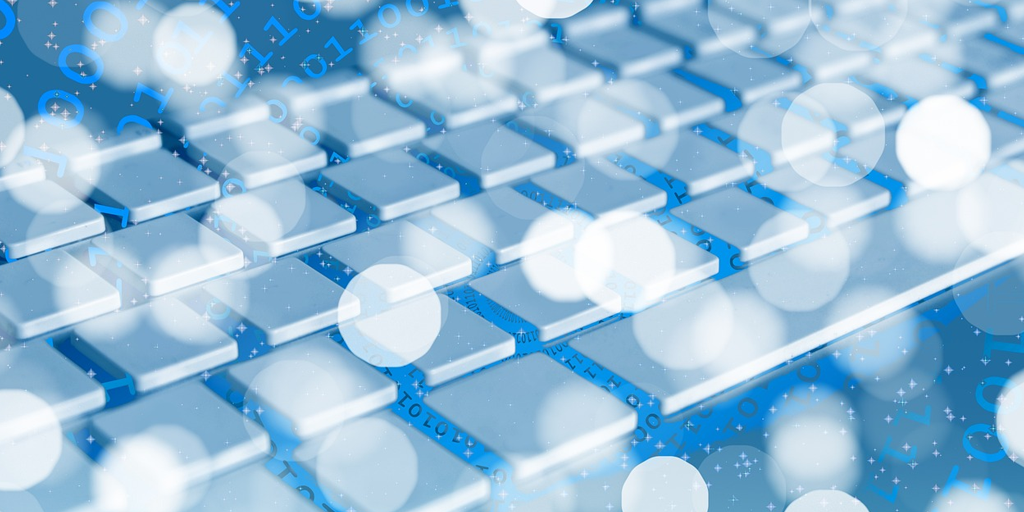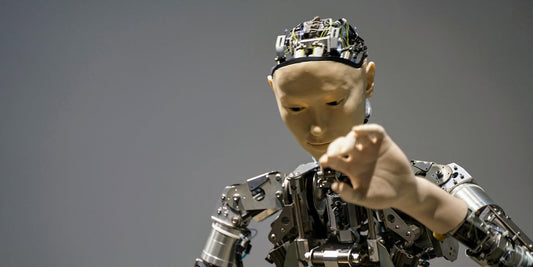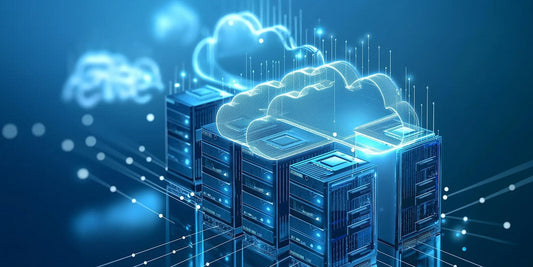
Build a Fully Secure Data Center
Share
Power system: Stable power supply is the lifeline of the data center
Electricity is the cornerstone of data center operations. Any power failure may lead to business interruption or data loss, causing great losses to data center companies and customers.
We can ensure the all-round security of the data center from the following efforts.
Multi-layer Redundant Design
- Dual power supply: Dual main power access is adopted, and each channel operates independently to ensure that a single path failure will not affect the power supply of the data center;
- Backup power deployment: such as diesel generators and UPS battery systems to ensure continuous power supply in emergencies and ensure that data center operations are not affected by emergencies;
- Key equipment protection: Multiple redundant power modules can be deployed on core equipment to achieve 99.999% supply stability;
Smart Power Management
The intelligent power management system (IPM) monitors power load, equipment status and energy consumption in real time and automatically allocates power resources. For example, when the power consumption of a module surges, the system can automatically switch to backup power or reduce the power consumption of non-critical equipment.
Adoption of Green Energy
- Renewable energy such as solar and wind power is gradually being adopted by data centers to reduce carbon emissions;
- Supporting energy storage equipment (such as UPS batteries, lithium batteries or supercapacitors, etc.) can realize peak and valley power dispatching and reduce operating costs;
- Deployment of battery monitoring and management systems in data centers
- Adopt high-precision, low-energy and intelligent data center battery monitoring and management system to monitor the battery health and power status of data center backup batteries or energy storage batteries in real time to ensure the backup power supply of the data center;
leagend UPS Battery Management Solution
leagend UPS battery management solution is a professional solution exclusively developed by leagend SOLUTIONS for the backup power applications such as data center, energy saving, renewable energy, telecom base and machine room. It can guarantee the UPS batteries operate normally by monitoring and managing the key parameters of the lead-acid batteries in real-time to ensure the batteries to supply stable power continuously under the accidence of power outage. This solution integrates with the advanced technologies such as data collection, data transfer, data processing and data display, which dramatically improve and professionalize the UPS power management via digitized and graphical battery SoH (state of health).

Core Advantages of leagend UPS Battery Management Solution
- Comprehensive Monitoring: leagend UPS battery management solution offers real-time and highly precise data monitoring for the battery key parameters such as voltage, current, internal resistance, CCA (Cold Cranking Ampere) and temperature via its data collection module;
- Visualized Data: leagend UPS battery management solution offers an all-in-one computer and management platform to display visualized and graphical data, which helps our customers know and understand the battery SoH easily at a glance;
- Cloud Storage: the monitored data can be transferred to a specified cloud server via its control module to realize global deployment and data checking at any time;
- Highly Tailored Service: as a solution provider, we are pleased to offer highly tailored products and services for our customers based on their demands to meet their different demands for different data center scenarios;
Hot and cold aisle isolation
By isolating the hot air and cold air from the equipment, the mixing of cold air and hot air can be avoided, thus improving the cooling efficiency. Some data centers use closed cold pool technology to further improve the heat dissipation effect.
Liquid Cooling Technology
- Direct cold plate liquid cooling: Directly adopt the coolant into high-heat generating components such as CPU and GPU to improve heat dissipation efficiency;
- Immersion liquid cooling: The entire machine is immersed in insulating coolant, which is suitable for high-density computing tasks (such as AI and big data analysis).
Intelligent Refrigeration Optimization
Through AI and sensor networks, real-time monitoring of temperature and humidity, equipment power consumption, and heat distribution can be used to dynamically adjust cooling power. For example, Google’s DeepMind AI technology has reduced the cooling energy consumption of its data centers by 40%.
Network Architecture: Building Efficient and Low-latency Data Channels
Data center networks not only carry massive amounts of traffic, but also need to have high reliability and low latency.
Innovative Network Architecture
The traditional three-layer network architecture is gradually being replaced by the Spine-leaf architecture, which greatly improves the transmission efficiency of east-west traffic through the full interconnection design between the Spine layer and the Leaf layer devices.
Network Redundancy Design
- Link aggregation: Use the LACP protocol to achieve dynamic load balancing of multiple links, and automatically switch to the backup link when the main link fails.
- Multi-path routing: The ECMP (equal cost multi-path) routing protocol is used to distribute traffic and improve bandwidth utilization.
Zero Trust Network Security Model
Zero Trust Architecture upgrades traditional perimeter security protection to a multi-layer internal and external collaborative security model. Every request needs to verify the user's identity, device legitimacy and access rights, effectively preventing data leakage and malicious attacks.
Fire Protection System: the Last Line of Defense for Data Centers
The fire protection system is an important guarantee for the safety of data centers. Due to the dense equipment and high power, data centers have certain fire risks.
Fire Detection Systems
The fire detection system in a data center should be highly sensitive and able to quickly detect smoke or temperature changes at the early stages of a fire.
- Laser smoke detector: can detect abnormalities at the beginning of fire hazards;
- Temperature sensor: combined with the real-time detection system, it can accurately locate the temperature abnormality area;
Fire Extinguishing System
- Gas fire extinguishing: using gas fire extinguishing systems such as heptafluoropropane (FM200) or carbon dioxide can quickly extinguish the fire without damaging the equipment;
- Ultrafine dry powder fire extinguishing: has good environmental performance and fire extinguishing effect, suitable for data center computer room environment;
Zoned Fire Fighting Strategy
Fire losses can be minimized through the design of zoned fire extinguishing. For example, the fire extinguishing system can be triggered separately in the fire area without affecting the normal operation of other areas.
Summary: Building a Fully Secure Data Center
An efficient and safe data center requires comprehensive optimization in four aspects: power, cooling, network and fire protection. Through the adoption of redundant design, intelligent management and innovative technology, not only the stability of the equipment can be improved, but also the operating costs can be significantly reduced. In the future, green energy-saving technologies, artificial intelligence, and automated operations and maintenance will further drive data centers toward a higher level of security and reliability.
Recommended Battery Management Systems for Data Center Backup Power:
- SMART LEAD-ACID BATTERY TESTER SOLUTION;
- UPS BATTERY MONITORING SOLUTION;
- LEAD-ACID BATTERY CHARGER ODM SOLUTION;







